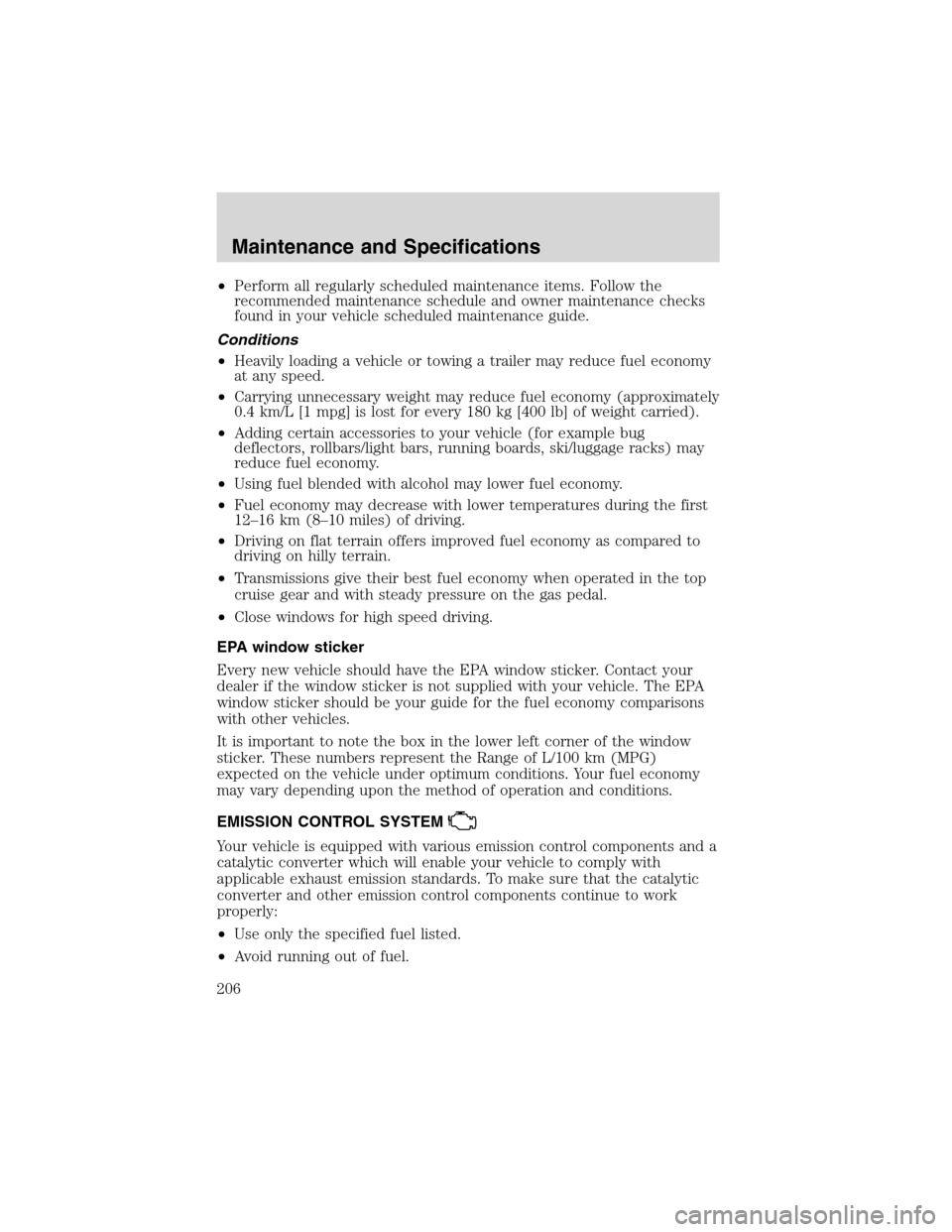Page 56 of 240
2. Slide the cross-bar to the end of
the rail.
3. Use a long, flat object in order to
depress the tongue in the endcaps
on both sides of the cross-bar.
4. Slide the cross-bar assembly and
the tie down loop off the end of the
rail.
To reinstall the cross-bar assembly to the roof rack side rails:
1. Ensure that both cross-bar
assemblies are installed with the F
(front) arrow facing towards the
front of the vehicle.
Driver Controls
56
Page 57 of 240
2. Use a long, flat object to depress
the tongue in the endcaps on both
sides of the cross-bar.
3. Slide the tie down loops and the
cross-bar assemblies over the end
cap tongue and into the side rails.
4. Tighten thumbwheel at both ends
of the cross-bar.
NO BOUNDARIES RACK SYSTEM (IF EQUIPPED)
Your vehicle may be equipped with
an optional roof rack. This unique
feature allows you to carry cargo on
an inner roof rack as well as on the
conventional roof rack. The
maximum load for the conventional
roof rack is 45 kg (100 lbs). The
inner rack can also hold 45 kg (100
lbs) if in the down and locked
position. Distribute the loads as
evenly as possible on both the roof
and inner rack, when extended or stowed. Always secure the loads by
using the tie down loops.
Driver Controls
57
Page 58 of 240
To extend the inner rack:
1. Rotate the handle on the lift bar
of the inner rack in the direction of
the arrows on the handle.
2. Lift the bar straight up (about
two inches).
3. Slide the inner rack rearward,
with an initial pull to release the
rack from its stowed position, until
it has completely extended and
stops.
4. Lower the inner rack by pivoting
at the hinges of the rack.
Do not pivot the inner rack
downward until it has been
completely extended. Failure to
fully extend the inner rack could
result in improper positioning of
the rack and possible damage to
your vehicle.
Driver Controls
58
Page 60 of 240
Do not use the inner rack as a ladder. This could result in
personal injury and damage to your roof rack.
To stow the inner rack:
1. Rotate the handle on the lift bar
of the inner rack in the direction of
the arrows on the handle and pull
the inner rack away from the
bumper.
2. Lift the inner rack (pivoting at
the hinges).
3. Continue lifting the inner rack
until it is parallel with the roof.
4. Slide the rack forward onto the
roof, pushing the rack into its final
stowed position.
Driver Controls
60
Page 206 of 240

•Perform all regularly scheduled maintenance items. Follow the
recommended maintenance schedule and owner maintenance checks
found in your vehicle scheduled maintenance guide.
Conditions
•Heavily loading a vehicle or towing a trailer may reduce fuel economy
at any speed.
•Carrying unnecessary weight may reduce fuel economy (approximately
0.4 km/L [1 mpg] is lost for every 180 kg [400 lb] of weight carried).
•Adding certain accessories to your vehicle (for example bug
deflectors, rollbars/light bars, running boards, ski/luggage racks) may
reduce fuel economy.
•Using fuel blended with alcohol may lower fuel economy.
•Fuel economy may decrease with lower temperatures during the first
12–16 km (8–10 miles) of driving.
•Driving on flat terrain offers improved fuel economy as compared to
driving on hilly terrain.
•Transmissions give their best fuel economy when operated in the top
cruise gear and with steady pressure on the gas pedal.
•Close windows for high speed driving.
EPA window sticker
Every new vehicle should have the EPA window sticker. Contact your
dealer if the window sticker is not supplied with your vehicle. The EPA
window sticker should be your guide for the fuel economy comparisons
with other vehicles.
It is important to note the box in the lower left corner of the window
sticker. These numbers represent the Range of L/100 km (MPG)
expected on the vehicle under optimum conditions. Your fuel economy
may vary depending upon the method of operation and conditions.
EMISSION CONTROL SYSTEM
Your vehicle is equipped with various emission control components and a
catalytic converter which will enable your vehicle to comply with
applicable exhaust emission standards. To make sure that the catalytic
converter and other emission control components continue to work
properly:
•Use only the specified fuel listed.
•Avoid running out of fuel.
Maintenance and Specifications
206
Page 234 of 240

J
Jack ............................................154
positioning ...............................154
storage .....................................154
Jump-starting your vehicle ......159
K
Keys
positions of the ignition .........114
L
Lamps
autolamp system .......................33
bulb replacement
specifications chart ..................38
cargo lamps ...............................34
daytime running light ...............33
fog lamps ...................................33
headlamps .................................33
headlamps, flash to pass ..........34
instrument panel, dimming .....34
interior lamps .....................36–38
replacing bulbs ....... 38–39, 41–42
Lane change indicator
(see Turn signal) ........................36
Liftgate ........................................53
Lights, warning and indicator ....10
anti-lock brakes (ABS) ..........118
Load limits .................................139
GAWR ......................................139
GVWR ......................................139
trailer towing ..........................139
Loading instructions .................140
Locks
childproof ..................................65
Lubricant specifications ...221, 223
Lumbar support, seats .........76–77M
Manual transaxle .......................125
fluid, checking and adding ....211
reverse .....................................126
Manual transmission
fluid capacities ........................218
lubricant specifications ..........223
Mirrors .........................................46
automatic dimming rearview
mirror ........................................47
fold away ...................................49
heated ........................................49
side view mirrors (power) .......49
Moon roof ....................................53
Motorcraft parts ................203, 218
O
Octane rating ............................202
Oil (see Engine oil) ..................188
Overdrive ...................................122
P
Parking .......................................127
Parking brake ............................119
Parts (see Motorcraft parts) ....218
Power distribution box
(see Fuses) ...............................151
Power door locks ........................63
Power point .................................47
Power steering ..........................119
fluid, checking and adding ....208
fluid, refill capacity ................218
fluid, specifications .........221, 223
Power Windows ...........................48
Index
234